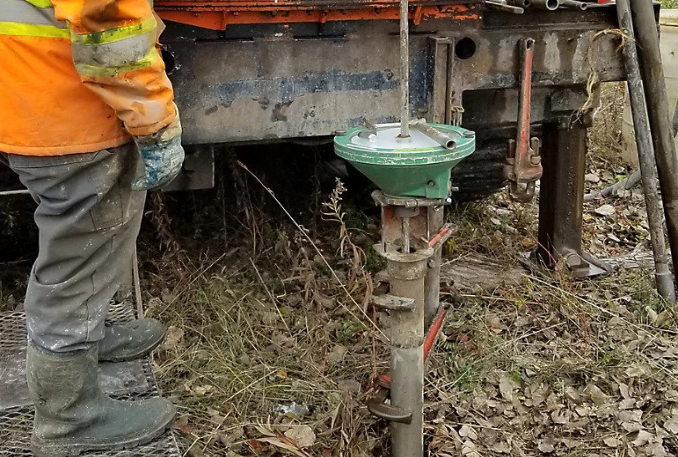Soil, being the fundamental building block of our natural environment, plays a critical role in various industries, particularly in construction, agriculture, and environmental engineering. Understanding the shear strength of soil is paramount in assessing its stability, especially in geotechnical projects. This article delves into the significance of shear strength testing, explores different test methods, and emphasizes the pivotal role of advanced soil testing equipment in accurately determining shear strength parameters.
Importance of Shear Strength Testing
Shear strength refers to the soil’s ability to withstand internal and external forces that attempt to deform or disrupt its structure. In geotechnical engineering, the shear strength of soil is a key parameter used to assess the stability of slopes, foundations, retaining walls, and other structures. This parameter also aids in predicting soil behavior during landslides, earthquakes, and other natural events. Consequently, accurate shear strength data is indispensable for designing safe and resilient structures.
Variety of Shear Strength Test Methods
Several methods are employed to determine the shear strength of soil, each catering to specific project requirements and soil characteristics. Some of the prominent methods include:
1. Direct Shear Test: This method involves subjecting a soil sample to controlled horizontal and vertical loads, simulating the forces acting on the soil in its natural state. The soil’s response to these loads provides valuable information about its shear strength.
2. Triaxial Shear Test: In this method, a cylindrical soil sample is confined within a cell and subjected to axial and lateral stresses. It allows for a more comprehensive assessment of shear strength under different stress conditions.
3. Vane Shear Test: Ideal for cohesive soils, the vane shear test determines shear strength by measuring the torque required to twist a vane embedded in the soil. It’s often used for soft and saturated soils.
4. Consolidated Undrained (CU) and Consolidated Drained (CD) Tests: These tests are variations of the triaxial test, wherein soil samples are consolidated under a confining pressure before shearing. CU tests are used for rapid assessments, while CD tests provide insights into long-term soil behavior.
Role of Modern Soil Testing Equipment
The accuracy and reliability of shear strength test results are heavily reliant on the quality of testing equipment. Traditional methods, while effective, may sometimes lack the precision needed for intricate geotechnical projects. This is where modern soil testing machines and equipment come into play. A variety of soil testing devices and instruments are available to enhance the testing process:
1. Advanced Triaxial Testing Systems: These systems allow for precise control over axial and confining stresses, enabling engineers to simulate complex stress conditions and obtain accurate shear strength parameters.
2. Automated Direct Shear Testers: Automated testers reduce human error and enhance efficiency by controlling load application, displacement measurement, and data collection with high precision.
3. Digital Vane Shear Testers: These testers provide real-time torque measurements, improving the reliability of shear strength data for cohesive soils.
4. Integrated Software Solutions: Modern equipment often comes with software interfaces that facilitate data analysis, visualization, and the generation of comprehensive reports, aiding engineers in making informed decisions.
Conclusion
In geotechnical engineering, understanding the shear strength of soil is crucial for ensuring the stability and safety of structures. The variety of shear strength testing methods available, from direct shear tests to triaxial tests, offer engineers a range of tools to accurately assess soil behavior under different conditions. However, the accuracy of these methods hinges on the quality of soil testing equipment used.
As technology advances, investing in state-of-the-art soil testing machinery and equipment becomes pivotal for obtaining reliable shear strength parameters. This not only ensures safer and more robust construction practices but also contributes to the overall resilience of infrastructure in the face of environmental challenges. With the aid of advanced soil testing equipment, engineers and researchers can continue to push the boundaries of geotechnical understanding and innovation, leading to more sustainable and secure development practices.
